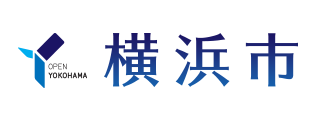- Yokohama-shi Top Page
- Living and Procedures
- Community Development and Environment
- Green park
- Zoos and Botanical Gardens
- Preservation and Research Center, City of Yokohama
- Business details of Preservation and Research Center, City of Yokohama
Here's the text.
Business details of Preservation and Research Center, City of Yokohama
Last update date April 1, 2024
Bali Myna Wild Return Project
Bali Myna is a group of rare starlings that only inhabit Bali, Indonesia, and is threatened with extinction in the wild (as of July 2023, 534 wild birds). Preservation and Research Center, City of Yokohama is actively engaged in breeding under breeding for Bali Myna conservation, and currently has about 100 birds.
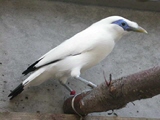
In March 2003, the city of Yokohama signed an agreement to cooperate with the Republic of Indonesia and conservation in Bali Myna, and in April 2004, the Japan International Cooperation Agency (JICA) grassroots technical cooperation project. Since then, every year until FY2014, we have been accepting trainees from the Republic of Indonesia and dispatching experts from Japan to provide technical cooperation on conservation activities, breeding and breeding, and environmental conservation in Indonesia.
To date, 160 Bali Mynas have been sent to the breeding facilities in Bali Balato National Park and the zoo Taman Safari Indonesia in Java, which manages the species's lineage.
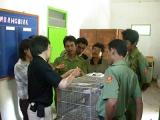
Through these activities, the breeding techniques of Bali Balat National Park have been improved, and conservation activities have been initiated in collaboration with residents around the habitat. In fiscal 2013, a comprehensive Bali Myna plan for conservation was formulated, and full-fledged return activities are currently underway.
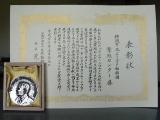
The 29th Koga Prize was awarded by the Japanese Association of Zoos and Aquariums in May 2015 for recognition of the achievements of successive breeding in Preservation and Research Center based on Bali Myna's pedigree management and restoration activities with the Republic of Indonesia. Japanese Association of Zoos and Aquariums, who contributed greatly to the protection and propagation of rare animals, was established in 1986 to commemorate the achievements of Dr. Tadamichi Koga, the first director of Ueno Zoo, and is awarded to zoos and aquariums that have been particularly successful in breeding rare animals.
Kagu Academic Roundtable Meeting
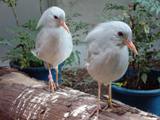
To commemorate the 100th anniversary of Yokohama municipal administration, a pair of Kagu was donated to Yokohama in May 1989 by the Northern Territory Government of New Caledonia. In fiscal 1995, Yokohama City and the Southern Territory Government of New Caledonia concluded an agreement on wildlife exchange between Yokohama City and the Southern Territory Government of New Caledonia to engage in academic exchange and animal exchange on the Kagu endemic species of New Caledonia and the conservation of other rare animals.

On August 22, 2008, the 11th Kagu Academic Roundtable was held in New Caledonia to present the results of environmental administration in Yokohama and the breeding and research of rare birds in New Caledonia in Preservation and Research Center. In addition, at the conference, we have held a wide range of discussions with experts from various countries to achieve the results of exchanges.
In New Caledonia, a long-term plan (Kagu Recovery Plan) was established by 2020, with the aim of increasing the number of Kagu populations, with experts from all fields working together to study the ecology of Kagu and improve the habitat. It is hoped that this plan will proceed smoothly and that the population of Kagu will increase.
conservation of frogs produced in Yokohama
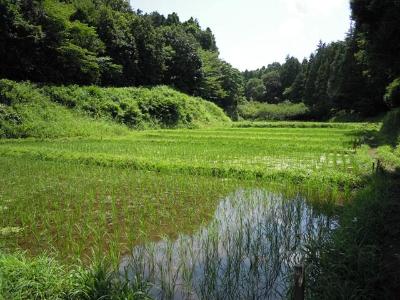
Scenery of Tando where frogs live
Although Yokohama is a large city with a population of more than 3.7 million, the city has a green space called Tando. "Tando" has a waterside and a green space, making it an important habitat for "frogs" living on both the waterside and the land.
In the northern part of Yokohama, where Preservation and Research Center is located, several "Tando" are preserved, and there are also "Tando" where seven kinds of frogs (*1) that have long lived in Yokohama. However, with the decrease in habitats such as "Tando", the number of frogs has decreased compared to a dozen years ago.
※1: [7 kinds of frogs native to Yokohama]
- Japanese Tree Frog
- Eastern-Japanese Common Toad (Kanagawa Red Data Book 2006)
- Schlegel's Green Tree Frog (Kanagawa Red Data Book 2006)
- Montane Brown Frog
- Tokyo Daruma Pond Frog (Endangered II (Kanagawa Red Data Book), Near Endangered (Red List of the Ministry of the Environment))
- Japanese Brown Frog (Endangered species II (Kanagawa Red Data Book 2006))
- Mukashi Wrinkled Frog (Kanagawa Red Data Book 2006)
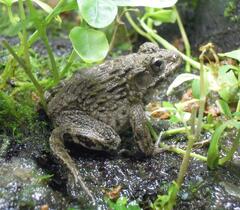 Wrinkled Frog Mukashi
Wrinkled Frog Mukashi
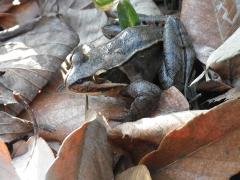 Japanese Brown Frog
Japanese Brown Frog
About reintroduction of Mukashi Wrinkled Frog
In Preservation and Research Center, we started breeding in 2014 for the conservation of Mukashi Wrinkled Frog, which is in danger of extinction in the area of Yokohama, and succeeded in breeding in 2018. Since then, they have been breeding steadily and maintained their breeding populations at two facilities, including Kanazawa Zoological Gardens, which moved several pairs to disperse dangers (Ex situ conservation). We are also working with local frogs and civil society groups to investigate and improve frog habitats (In situ conservation).
In 2021, we have begun to re-introduce Wrinkled Frog and Otamajakushi (larvae) from Yokohama, which were bred in Preservation and Research Center, in places that were former habitats close to current breeding grounds. Preservation and Research Center, City of Yokohama will continue to work with local stakeholders to promote reintroduction and establish and increase the number of these species.
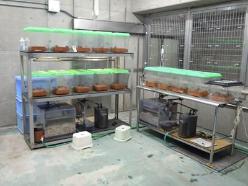
The aquarium in Preservation and Research Center
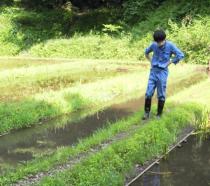
Investigation of frogs in rice fields
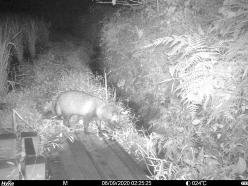
Raccoon Dog projected on a dark vision camera for investigation
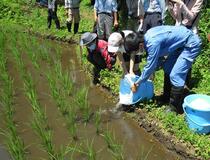
Release of larvae (tadpoles)
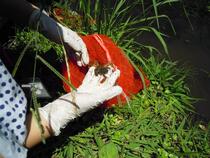
Mukashi Wrinkled Frog's release

Mukashi Wrinkled Frog, which was confirmed by a habitat survey after the release.
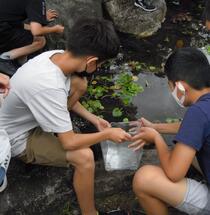
Release of larvae into the biotope pond at Shinji Elementary School near the habitat
Analysis of subspecies
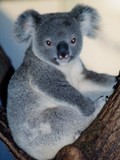
If it is difficult to determine a subspecies or species based on the appearance of a breeding animal, DNA analysis may determine the sub-common name of the tested individual.
Since DNA databases such as DDBJ (National Institute of Genetics) have a large number of DNA sequences of mt (mitochondria) DNA of flora and fauna are registered, the base sequence of genes on mtDNA of the laboratory individual is analyzed and the subspecies of the laboratory individual are determined by comparing them with DNA sequences on the database.
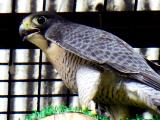
Since fiscal 1999, koala (Kanazawa Zoo), Asian elephants (ZOORASIA), Peregrine Falcon (Nogeyama Zoo), and Raccoon Dog (outdoor droppings) have been evaluated as variants and species.
Analysis of neighborhood relationships
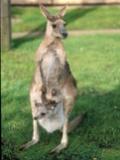
Animals bred in groups of multiple males may have obscure father-child relationships. Therefore, we are trying to identify fathers and sons using microsatellite DNA polymorphisms.
Microsatellite DNA is a DNA in which a combination sequence of two bases, such as AG and CT, are arranged several to several dozens of times, and the number of repeats is extremely mutant. Therefore, it is often used for personal identification and parent-child judgment.
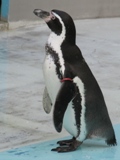
In Preservation and Research Center, we are trying to determine parents and children of kangaroos and Humboldt Penguin, which are bred at the Yokohama City Zoo.
male and female identification of birds
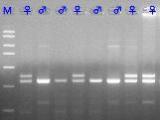
Since some birds are difficult to distinguish male and female from their appearance, birds raised at zoos in the city are subject to sexual discrimination using the PCR method.
Sexual discrimination by the PCR method is easy to judge sex and is reliable, and only a small amount of body tissue (such as wings and blood) is used, so it has the advantage of not damaging birds.
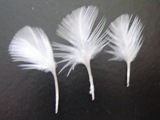
In sexual discrimination using the PCR method, the male and female of the tested individual is determined by amplifying the gene on the W chromosome that exists only in female birds by the PCR method and checking the presence of W chromosomes.
Since 1999, 17 primer sets have been used to identify 156 species of birds, including Oriental Stork (Yokohama Zoo), Chilean Flamingo (Nogeyama Zoo), and penguins ( zoos and aquariums nationwide).
Analysis of sex hormones
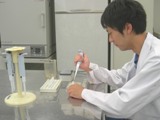
With the cooperation of the Animal Breeding Laboratory, Faculty of Applied Biological Sciences, Gifu University, we measure sex hormones in animal feces. If you know the breeding physiology of breeding animals, you can plan breeding, determine pregnancy early and prepare for childbirth.
Generally, hormones in the blood are measured, but in the case of animals, only the animals that can be collected are limited. Stinging an injection needle is a great stress for animals. It is also dangerous for humans when collecting blood from large animals. Therefore, we measure sexual hormones using animal droppings that can be easily obtained.
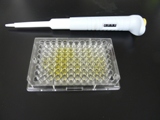
Sex hormones are secreted from ovaries, placenta, testes, etc., travel around the body in the bloodstream, causing various physiological effects, and then metabolized in the liver and excreted as feces and urine. Therefore, by continuously collecting feces and extracting and measuring sexual hormones from the collected feces, it is possible to predict fluctuations in sexual hormones secreted in the body.
Frozen storage of gamete
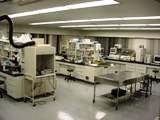
Since its opening, Preservation and Research Center has frozen and stored wild animals such as gamete in liquid nitrogen at -196°C. This technology allows cells to be kept semi-permanently alive, making it a means of preserving species of endangered wildlife. Another great advantage is that large animals can be crossed without moving, or that sperm and ovum can be collected and stored from dead animals.
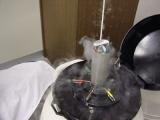
To date, gamete has been collected and preserved from more than 50 species of animals, including Malayan Tapir, Bornean Orangutan, and Koala, mainly at three municipal zoos. Although gamete's preservation and artificial insemination technology has already been put into practical use in humans and livestock, there are a number of animal species that have been established in wildlife, and we are conducting research toward practical use.
List of animal species preserved by Preservation and Research Center gamete Bank (PDF: 204KB)
Since March 2014, the gamete Bank of Japanese Association of Zoos and Aquariums (JAZA) has also been established to keep the rare animals of gamete bred by zoos nationwide. In addition to the aim of dispersing dangers from disasters, etc., JAZA has jurisdiction over valuable resources nationwide and promotes the use of them at zoos to promote artificial breeding techniques and research of rare animals, and promote the preservation of domestic breeding animal species The purpose is to go.
You may need a separate PDF reader to open a PDF file.
If you do not have it, you can download it free of charge from Adobe.
![]() To download Adobe Acrobat Reader DC
To download Adobe Acrobat Reader DC
Inquiries to this page
Yokohama Green Environment Bureau Park Green Space Division Zoo Division Preservation and Research Center
Telephone: 045-955-1911
Telephone: 045-955-1911
Fax: 045-955-1060
Email address: mk-hansyoku@city.yokohama.lg.jp
Page ID: 774-065-919

